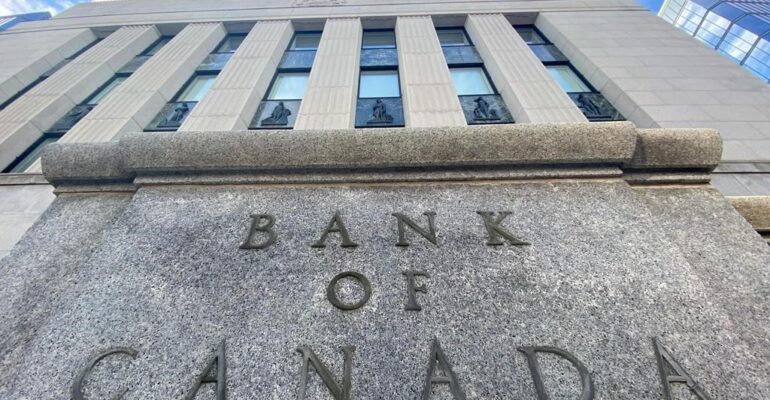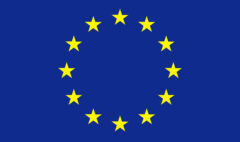Canada’s Economy Maturing as Recession Risk Looms
June 9, 2022 2022-06-09 18:27Canada’s Economy Maturing as Recession Risk Looms
Canada’s Economy Maturing as Recession Risk Looms
NORTH AMERICA – The world’s eighth-largest economy in the world, Canada has been out of the spotlight despite being relatively active and vocal on the world stage on the current pressing issues.
However, domestically, it shares the same general challenges the world, especially its noteworthy neighbor, the US, is facing. Although arguably to a much lesser degree. Now, let’s delve into these challenges the second-largest country in the world is enduring.
Running Out of Room to Grow
According to the Royal Bank of Canada’s (RBC) latest macroeconomic outlook, it forecasts a slowed GDP growth of 4.2% this year, down by 0.4% from last year’s 4.5%, and a conservative estimate of only 1.9% total growth next year. These figures suggest that the Canadian economy, despite its continued economic growth, is already being squeezed of room to grow.
The RBC added that the two primary drivers of the country’s economic growth are: First, the rising prices of commodities as the country benefits from higher commodity prices, for it remains one of the few countries that are net exporters. Canada’s notable exports include oil and gas, which in many consensuses, are both expected to surge in price as demand continues to grow for non-Russian oil.
Secondly, the domestic and international travels in the country, as it had just resumed its vacation bookings to boost the country’s tourism and hospitality industry. However, the RBC noted that these two primary drivers for growth would not be enough to sustain the Canadian economy amidst the current economic turmoil in the country.
The Two Main Economic Risks
The RBC mentioned that the two main economic risks are the following: First, the relatively high inflation, and second, the corresponding interest rate hike Canada’s Central Bank, the Bank of Canada, is implementing to counter the excessive inflation in the country.
Despite the Bank of Canada raising rates twice in a row by 50 basis points to bring the interest rate to the current 1.5%, the RBC noted that it is far to stabilize the current inflation rate. The RBC forecasts interest rates to hit at least 2.75% by Q4 2022.
“The central bank is willing to hike rates higher, if necessary, even if that risks pushing the economy into recession.” RBC continued, “At this point in the economic cycle, there’s limited room for future near-term growth. That means the next surprise in terms of the economic outlook is more likely to be downside than upside. And the most obvious downside risk is that central banks will need to hike interest rates more aggressively than we expect to tame inflation,”
Furthermore, it views that the Bank of Canada will do all necessary means within its arsenal to curb the inflation rate, including increasing the interest rates to unprecedented levels.
Recession Looming
Amidst the labor shortages having a significant cut in growth as job postings are reportedly 70% higher than pre-pandemic numbers, Canada is also experiencing its lowest unemployment rate since 1976. Therefore, businesses can’t ramp up production, negatively affecting the country’s economic productivity—meanwhile, global supply-chain hurdles and continuous interest rate hikes due to relatively high inflation.
Factoring everything, the RBC concluded, “Canada is set for a slowdown, if not an actual recession.” It added, “Amidst these conditions, it would not take a large downside growth surprise or further increase in interest rates to tip the economy into recession.”











